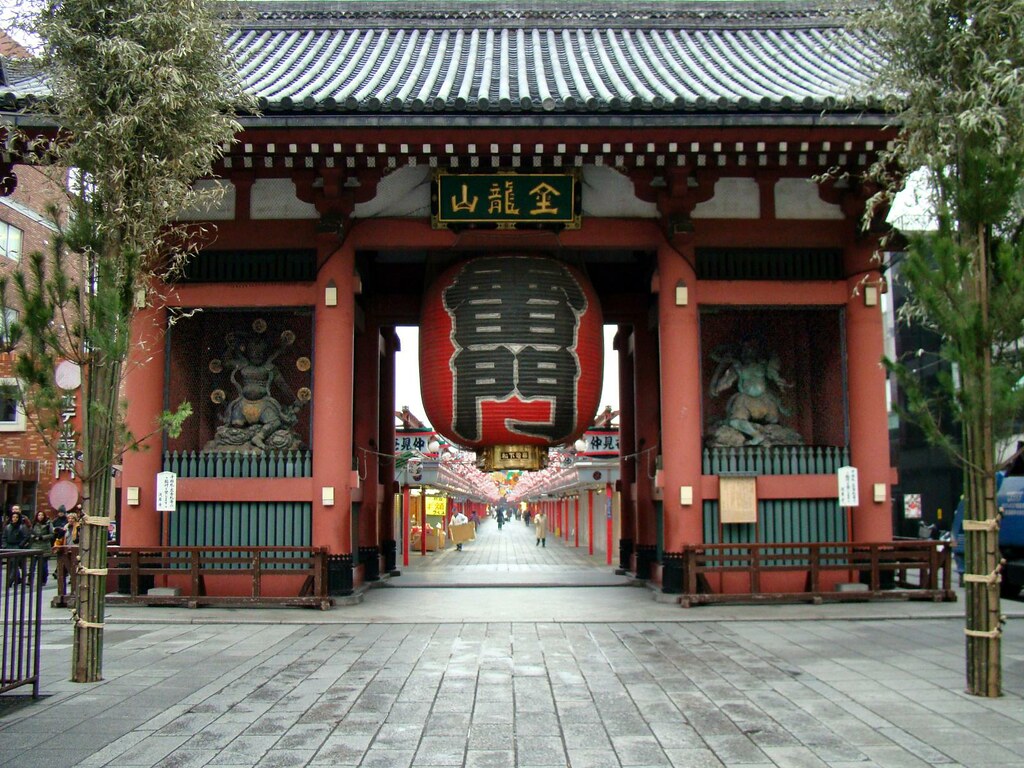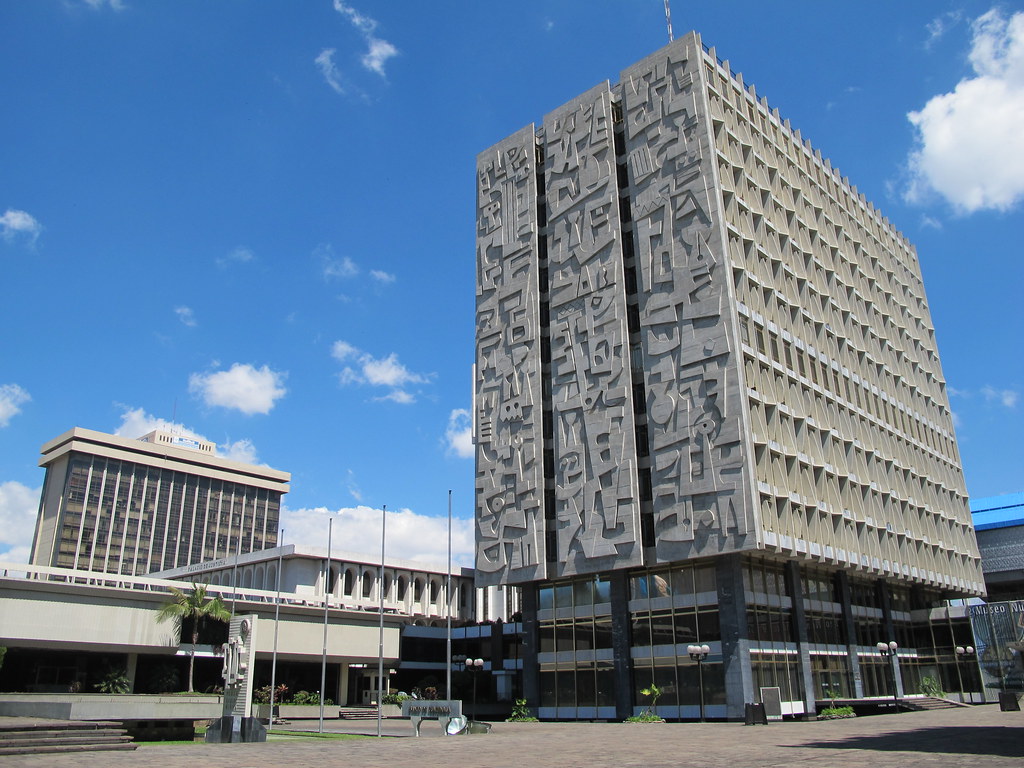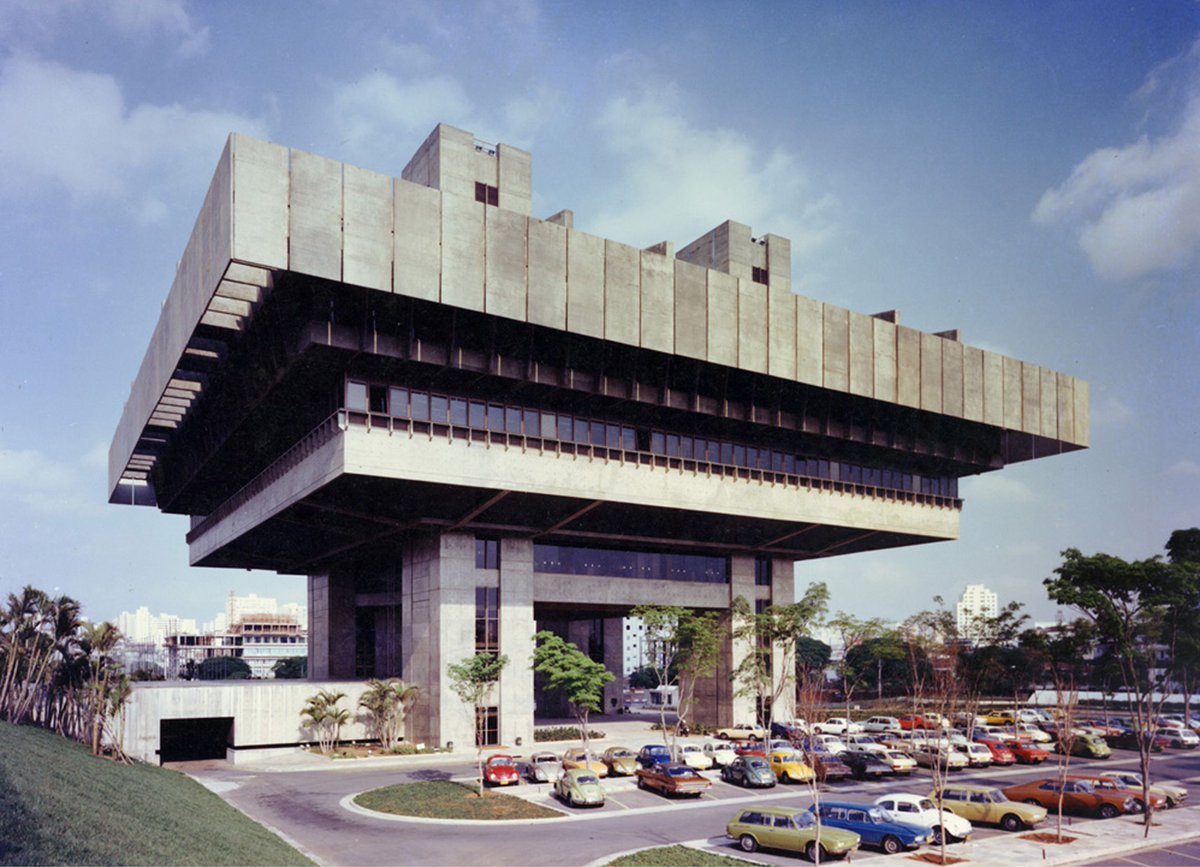
You can never go wrong with Pavlova cake. It looks good, it tastes good, it feels good after eating this. 
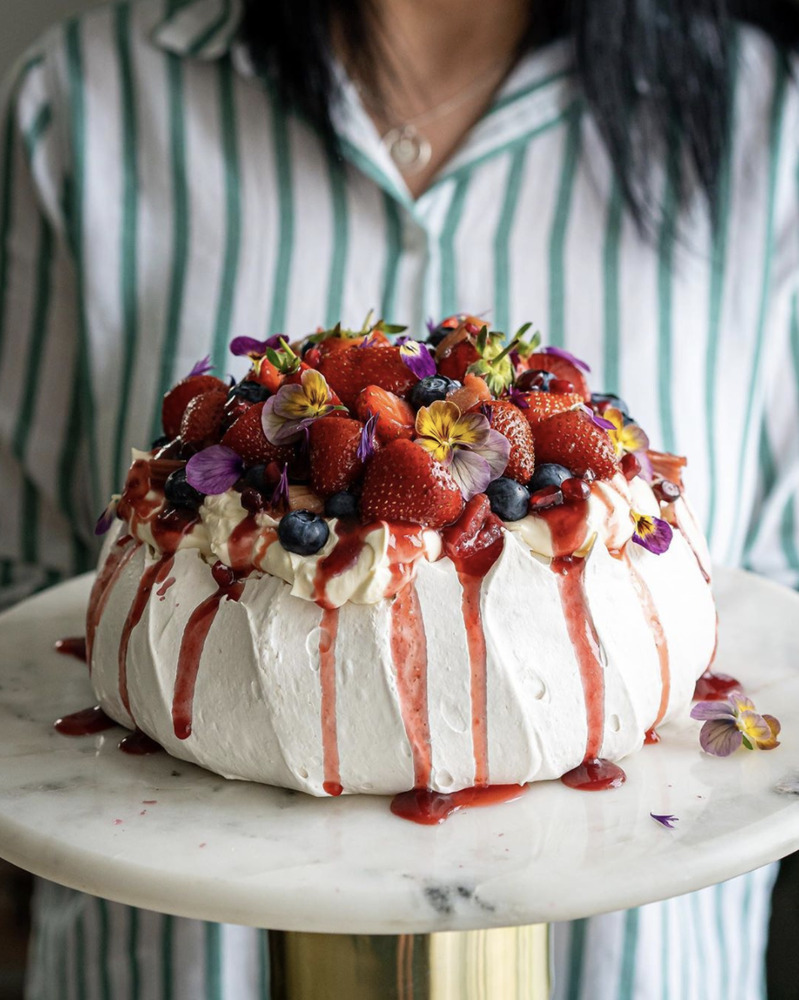
Of course, my eternal fave cake is Black Forest gateau.
It even sounds better in Deutsch:
"Schwarzwälder Kirschtorte".
It even sounds better in Deutsch:
"Schwarzwälder Kirschtorte".

If you visit Eastern Europe, try Bird’s milk cake.
It's a sponge cake layered with a mousse filling that was born out of Soviet austerity. When food rationing went on a hiatus in the late 40s, these cakes began to appear on tables as a sign of burgeoning prosperity.
It's a sponge cake layered with a mousse filling that was born out of Soviet austerity. When food rationing went on a hiatus in the late 40s, these cakes began to appear on tables as a sign of burgeoning prosperity.

This is chocolate salami.
Soviet folk had to be resourceful during times of food shortages, so throw away food was unthinkable. It is made from crushed up milk biscuits and toasted walnuts that are mixed with a chocolate sauce made from cocoa, milk, butter and sugar.
Soviet folk had to be resourceful during times of food shortages, so throw away food was unthinkable. It is made from crushed up milk biscuits and toasted walnuts that are mixed with a chocolate sauce made from cocoa, milk, butter and sugar.
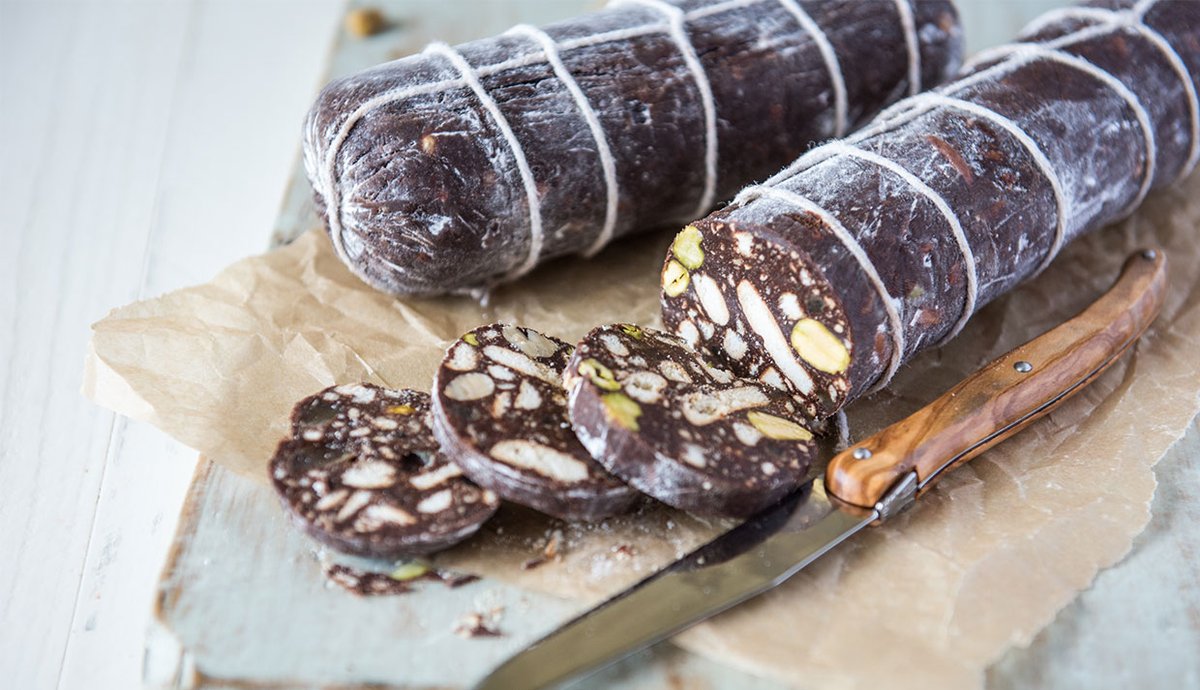
Makovnik is a traditional sponge cake, which was popular on the Slavic Easter table.
There are tons of makovnik variations in Russian, Ukrainian, and Czech cooking, but I mostly prefer makovnik with an equal amount of flour and poppy seeds in the dough.
There are tons of makovnik variations in Russian, Ukrainian, and Czech cooking, but I mostly prefer makovnik with an equal amount of flour and poppy seeds in the dough.

Say hello to Russian honey cake.
Ten layers of soft, caramelized honey cakes that taste like the fine marriage of Lotus biscuits, honey graham crackers and gingerbread cookies, sandwiched between a cloud-like burnt honey and dulce de leche whipped cream. Unbelievably delicious!
Ten layers of soft, caramelized honey cakes that taste like the fine marriage of Lotus biscuits, honey graham crackers and gingerbread cookies, sandwiched between a cloud-like burnt honey and dulce de leche whipped cream. Unbelievably delicious!

And finally, "Napoleon" cake.
It's made with up to 16 layers of crispy pastry filled with a custard cream and is just a little different in every household. It's a bit time-consuming to make, but the rewards of a soul-satisfying dessert are so worth it.
It's made with up to 16 layers of crispy pastry filled with a custard cream and is just a little different in every household. It's a bit time-consuming to make, but the rewards of a soul-satisfying dessert are so worth it.

I bet 25% of the folk who read this thread, is currently searching recipes ASAP 😀
I don't know much about Scottish cakes but if you wanna try something new: Dundee cake.
Tracing its origins to a story about Mary, Queen of Scots, who supposedly inspired the creation of the cake after it was discovered she didn't like cherries in her fruit cake. Almonds it is!
Tracing its origins to a story about Mary, Queen of Scots, who supposedly inspired the creation of the cake after it was discovered she didn't like cherries in her fruit cake. Almonds it is!

• • •
Missing some Tweet in this thread? You can try to
force a refresh



